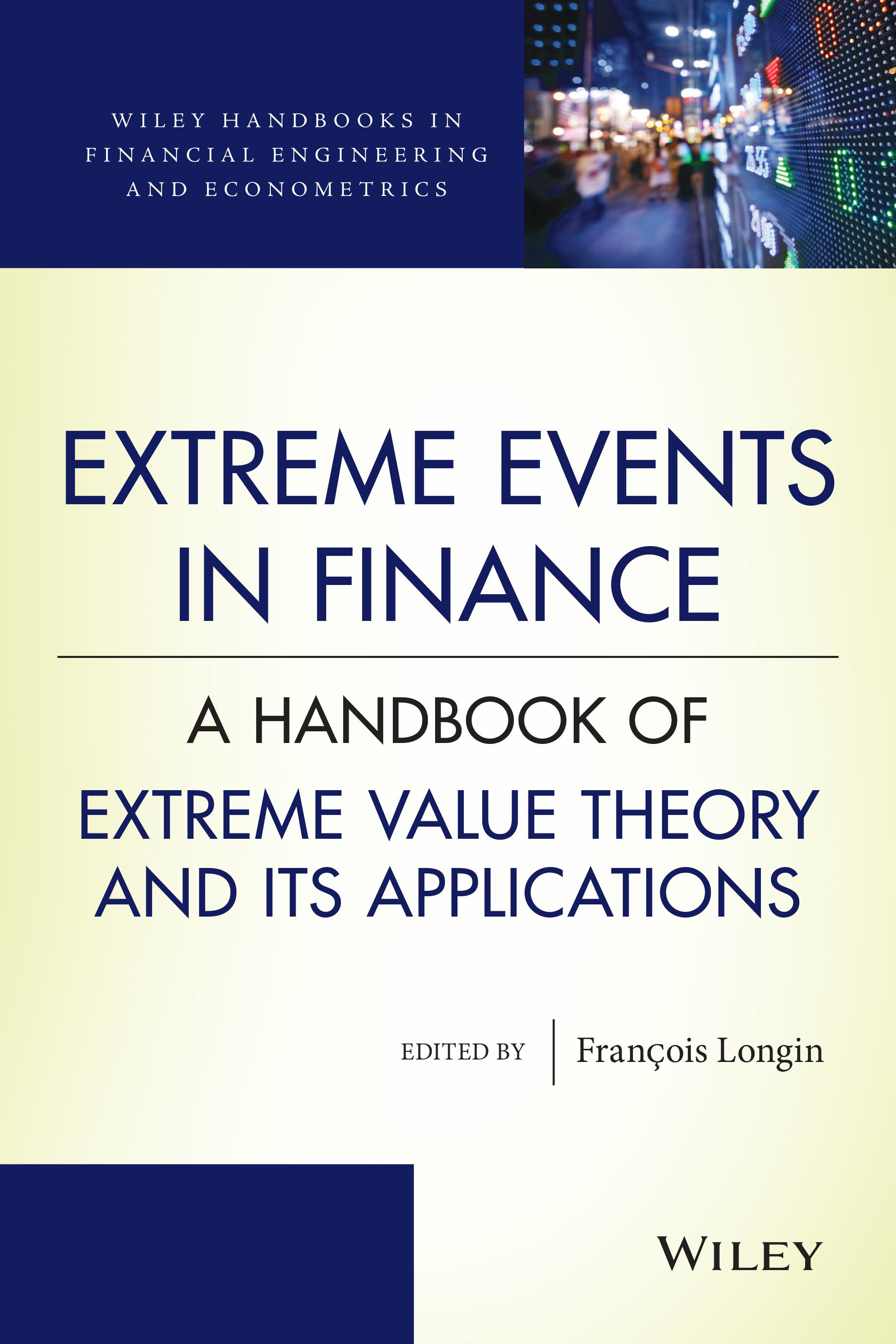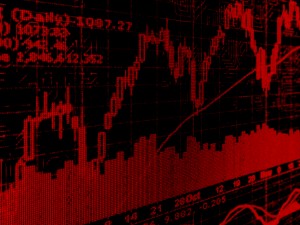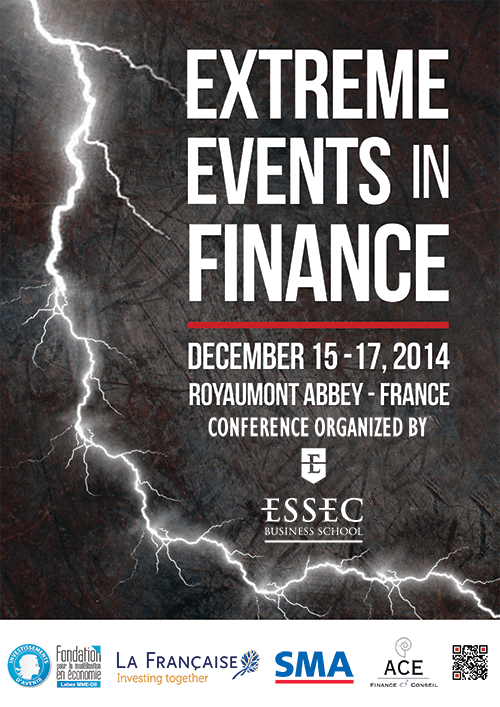
“Why, sometimes I’ve believed as many as six impossible things before breakfast.”
― Lewis Carroll, Alice in Wonderland
Whatever happens to the year that begins, the one that has just ended will surely remain as one of those periods during which financial markets break themselves of their economic and geopolitical backdrop with a growing insolence.
At the dawn of a year that looks as rich as the previous one with major political events (French presidential election, German parliamentary elections, Chinese CP XIXth congress…), the indifference shown by the markets vis-à-vis the geopolitical context can be interpreted as a sign of robustness or conversely as an indicator of great fragility. In this paper, we try to answer to this key question, first by looking at the markets themselves and then by highlighting the geopolitical and macro changes that are critical in our opinion.
1. THE MARKET
Can markets be wrong?
“Markets are always right, even when they are wrong.” This maxim favored by economists and financial academics may prove perfectly relevant for the present period. The paradox on which it is built is only apparent because:
- Market prices reflect the opinions equilibrium at every moment. Their move describes the evolution of these equilibria over time. According to this literal interpretation -the only indisputable one-of informational efficiency, the market can never be mistaken because there can be no other price than that which has been fixed at the time t. The crucial question is to know what will happen at the instant t + 1 or t + n
- Since these prices reflect future inflows (debt refunding, coupons, dividends, etc.), the information relative to these liabilities is constantly changing, which in turn take along expectations about their future
- Under radical uncertainty, the spot price includes a discount factor that involves a risk premium – itself variable over time – that reflects the equilibrium of forward hazard expectations.
- Provided with a rear-view mirror, the market can appreciate whether it has been right or wrong. Wrong, for example, for still betting on the “remain” as the counting of the British vote had already started, as well as collapsing by 5% during the night of the US presidential election. In a less anecdotal way, the comparison of ex-ante PEs, which express shareholders’ expectations for future profits, with ex-post PEs (realized profits over the same period), sheds a crude light on the relevance of instant valuations.
Markets are always right, but this may be for the wrong reasons!
From unforeseeable to unpredictable
From the world increasing unpredictability, of which the unexpected electoral results of 2016 are the most striking manifestations, our colleague Jean-Louis Bruguière deduces its “unpredictability”, synonymous with peoples’ incomprehension and executives’ powerlessness. The “rebellion of peoples”, evidenced by the predictive incapacity of opinion polls, takes shape in the rise of beliefs and the success of populist thinking. The confinement of finance in a sphere insensitive to the events of the world corresponds to a deliberate elimination of uncertainty, at the time when it is the strongest and, consequently, to overpriced assets thanks to risk underestimation.
Monades, embeddedness and systems theory
Jean-Louis Bruguière wonders: “Would economics and finance be Leibnizian monads that would escape the politico-societal turbulence that has placed unpredictability at the heart of political governance? The German philosopher Husserl describes the Monad as ” bearing a unique and original view of the world and all closed, impenetrable to other consciousness.” These thoughts converge with Karl Polanyi’s “Great Transformation” theory or with the systemic analysis of the financial sphere led by D. Dron. The latter observes “an inverse contagion of logic, from the financial subsystem to the main-systems”. She adds at once: “In biology, a low sensitivity of a subsystem to the signals issued by the main systems [what might be called finance’s autism] is not synonymous with robustness but with vulnerability“. One may add to this informational vulnerability of the financial sphere its insufficient diversification (in terms of actors and strategies) and the multiplication of derivative products that reduces feedback loops and generates instead more and more “domino effects”.
The contributions of behavioral finance
Financial euphoria, which was named irrational exuberance by Robert Shiller, is based on the fact that the opinions that determine market prices contain a share of collective beliefs, more or less distant from reality. The adherence of a growing number of operators to increasingly unrealistic beliefs is precisely what ignites “final market rallies” that in general, marks the end of “bull markets”. The most exciting dimension of the phenomenon is that these beliefs, whether they concern the macro or microeconomic realm, get strength through reflexive relationships with markets behavior. For example, in the Tech Bubble, the more the NASDAQ rose, the better the growth prospects for the new – sometimes clay-feet – giants. Undoubtedly, the same phenomenon underpins the recent “trumpmania”: market optimism is spreading over macroeconomic forecasts, which in turn fuel a clear improvement in the consumer confidence index, which in turn strengthens the stock market and so on.
Diagnosis and prognosis
“A speculative bubble is a train just about to derail but each passenger of which hopes to jump just before the crash”. From this pictorial formula stems the distinction between diagnosis and prognosis, or, for our purpose, between risk management and trend following. Regardless of trader’s wishes, making a diagnosis of vulnerability does not require a precise description of the next crisis triggering mechanisms, nor should it predict its precise date, let alone its magnitude. Reciprocally, the absence of these elements does not constitute any proof of the strength of the market.
2. THE GEOPOLITICAL AND MACROECONOMIC CONTEXT
Addressing the geopolitical and macroeconomic backdrop is an attempt to reestablish the broken link with the markets. The contagion of markets optimism on the economy, which operates through the wealth effect, cannot permanently escape from the “fundamentals”. Nor can the course of business ignore forever the geopolitical context.
Geopolitics: regime shifts
The invasion of Iraq and the American intervention in Afghanistan marked the end of the post-Cold War period and its unipolar regime based on the pax americana. The 2000 decade prepared its replacement by a genuine multipolar regime without leadership … and alas without Europe. In addition to the classic (reversal) game of alliances within the USA-China-Russia trio, global geopolitics is now setting up autonomous powers (Turkey, Iran), which are asserting themselves through regional influence strategies. Large regions are becoming the scene of major rivalries (Central Asian countries formerly members of the USSR, rivers descending from the Himalayas, poles). The globalization of trade and the Sino-US partnership (the surplus of the former financing the imported consumption of later) will be put under pressure by protectionist temptations in a context of hyper-competition on a totally finite planet, that is to say in a zero-sum game. To underscore the importance of these changes, BCA analysts soberly labeled their December 2016 “Geopolitical Strategy” newsletter: “we are all geopolitical strategists now”.
The economy: the Trumpmania, or the improbable remake of “America is back”
Trump’s plan to awaken America is based on four pillars: tax cuts, deregulation, energy and eliminating America’s chronic trade deficit. In addition, there is an ambitious plan for the renovation of infrastructures and the reactivation of military expenditure. Replacing infrastructures with «stars war” makes it sound a bit of déjà-vu!
In the Trump Plan evaluation document, written last September by Wilbur Ross and Peter Navarro, both members of the new administration, the shortfall for the US Treasury, as a result of the envisaged tax measures, is scored to 2,600 billion for the next ten years. But thanks to reforms in foreign trade, regulations (notably on renewable energy and coal restrictions) and energy, federal revenues on corporate and household income would grow by an amount (computed with a rudimentary metric) of 2 400 MDs. Such a scheme had been promised by Reagan at his time. But the federal deficit would on average climb to 5.25% of GDP between 1982 and 1993 (peaking at more than 6% in 1983). And the federal debt, which represented only 25% of the GDP in 1980, quickly rose to more than 50%. It now exceeds 100% and a large stake (6 000 MD) is held by the countries that are counterpart in the current account deficit. In the renegotiation of commercial treaties where US companies are disadvantaged and pushed to offshore factories, it is therefore not sure that the United States is in as good a position as the program document claims. And it is not certain either that multinational companies, which have so much benefited from world trade imbalances, are suddenly ready to play the game of the middle classes great return.
Interviewed by Bloomberg, former Treasury Secretary Larry Summers, who invented the concept of “secular stagnation”, violently criticized this program, placing it “beyond the voodoo economy” (a quote awarded by G.H Bush to the “reaganomics”) and calling it “the economic equivalent of creationism”. He deduces an “extraordinary uncertainty that is not taken into account by the markets”.
CONCLUSION
On 2016 second half episodes of recoveries and the contraction of their time scales, financial markets have built the feeling of their teflon-like invincibility. This kind of over-confidence appears to be paradoxical at a time when the geopolitical context is deeply shifting – to more instability – and as Donald Trump’s projects provide few convincing answers, if any, to the major macroeconomic issues that constrain growth, such as the widening of inequalities, the demographic issues and the future of pensions or the imbalances in the international monetary system.
Jacques Ninet
Senior Advisor for La Française and Convictions AM














